Description
Philodendron melanochrysum is a striking tropical plant known for its large, heart-shaped leaves that start off a vibrant green and slowly transition to a deep, dark green with golden-yellow veins as the plant matures. Native to the rainforests of South America, this climbing or vining plant is highly prized for its dramatic foliage and unique color contrast. It’s an excellent choice for indoor plant enthusiasts, particularly those looking to add an exotic touch to their home or garden.
- Full Botanical Name: Philodendron melanochrysum
- Common Names: Velvet-leaf Philodendron
- Country and/or Region of Origin: Native to the tropical rainforests of South America
- Growing Conditions in Native Habitat: Grows as an epiphyte in tropical rainforests, where it receives filtered light and thrives in high humidity and organic-rich, well-draining soil
- Care Guide:
- Light: Prefers bright, indirect light. While it can tolerate lower light conditions, its growth may slow, and the vibrancy of the leaves may diminish. Avoid direct sunlight, as it can scorch the leaves.
- Ideal Room: Ideal for living rooms, offices, or any space with indirect light. It thrives in high-humidity environments, making it perfect for bathrooms or kitchens.
- Feeding: Fertilize once every 4-6 weeks during the growing season (spring to summer) with a diluted, balanced liquid fertilizer to encourage healthy growth and vibrant foliage. Reduce feeding during the fall and winter months when the plant is not actively growing.
- Humidity: Prefers high humidity. Misting regularly, placing the plant on a humidity tray, or using a humidifier will help it thrive, especially in dry indoor environments.
- Ideal Temperature: Best kept between 65°F and 80°F (18°C to 27°C). It should be protected from cold drafts and temperatures below 50°F (10°C), as it is sensitive to cold weather.
- Watering: Water when the top inch of soil feels dry. Be careful not to overwater, as this can lead to root rot. Ensure the soil is well-draining, and allow the soil to dry slightly between waterings to prevent excess moisture around the roots.
- Pet/Child Safe: Toxic to pets and children if ingested. Keep out of reach of animals and young children to prevent accidental ingestion, which can cause irritation or digestive upset.
- Soil Type: Use a well-draining potting mix, such as one formulated for aroids or houseplants. Adding perlite or orchid bark will improve drainage and aeration for healthy root growth.
- Propagation: Propagate by stem cuttings. Take a healthy cutting with at least one leaf and a node, and root it in water or well-draining soil. Once roots have formed, transplant the cutting into its own pot.
- Eventual Height and Spread: Typically grows up to 6-8 feet (180-240 cm) tall, making it perfect for trellises, hanging baskets, or as part of a vertical garden. It can also be trained to climb or trail, depending on the space.
- Growth Rate: Moderate-growing. Philodendron melanochrysum grows steadily, producing new leaves and vines throughout the growing season. It’s a bit slower-growing compared to some other Philodendron varieties, but it’s well worth the wait for its stunning foliage.
- Pests and Treatment: Generally resistant to pests, but may occasionally attract mealybugs, aphids, or spider mites. Treat infestations with insecticidal soap or neem oil to prevent damage and keep the plant healthy.
- Repotting: Repot every 1-2 years or when the plant becomes root-bound. Choose a pot that is slightly larger than the current one to allow healthy root growth, and ensure it has good drainage to prevent water retention.
- Pruning: Prune dead or leggy growth regularly to maintain the plant’s appearance and encourage new growth. Regular pruning also helps keep the plant looking neat and compact.
- Air Purification: Like many Philodendrons, Philodendron melanochrysum helps purify the air by removing toxins such as formaldehyde and benzene, improving air quality in your home or office.
- Folklore: Philodendrons are often associated with prosperity, vitality, and good fortune. In some cultures, they are believed to bring positive energy and are thought to purify the home environment, making them a popular choice for indoor spaces.

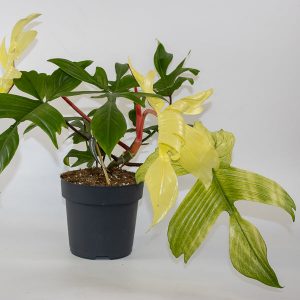
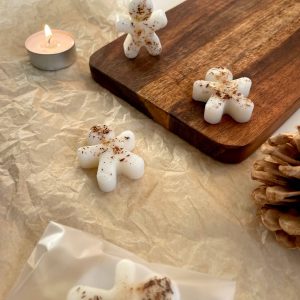
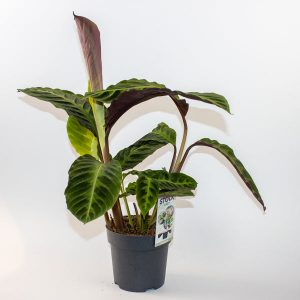
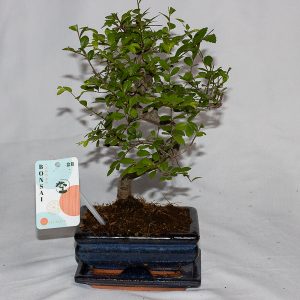
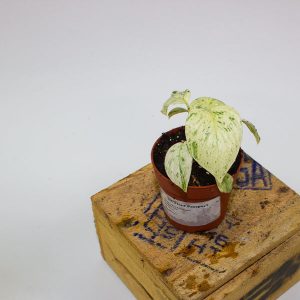
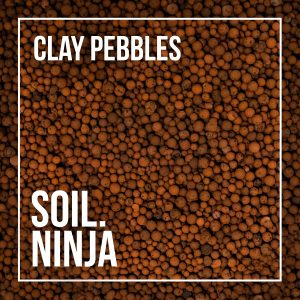

Reviews
There are no reviews yet.